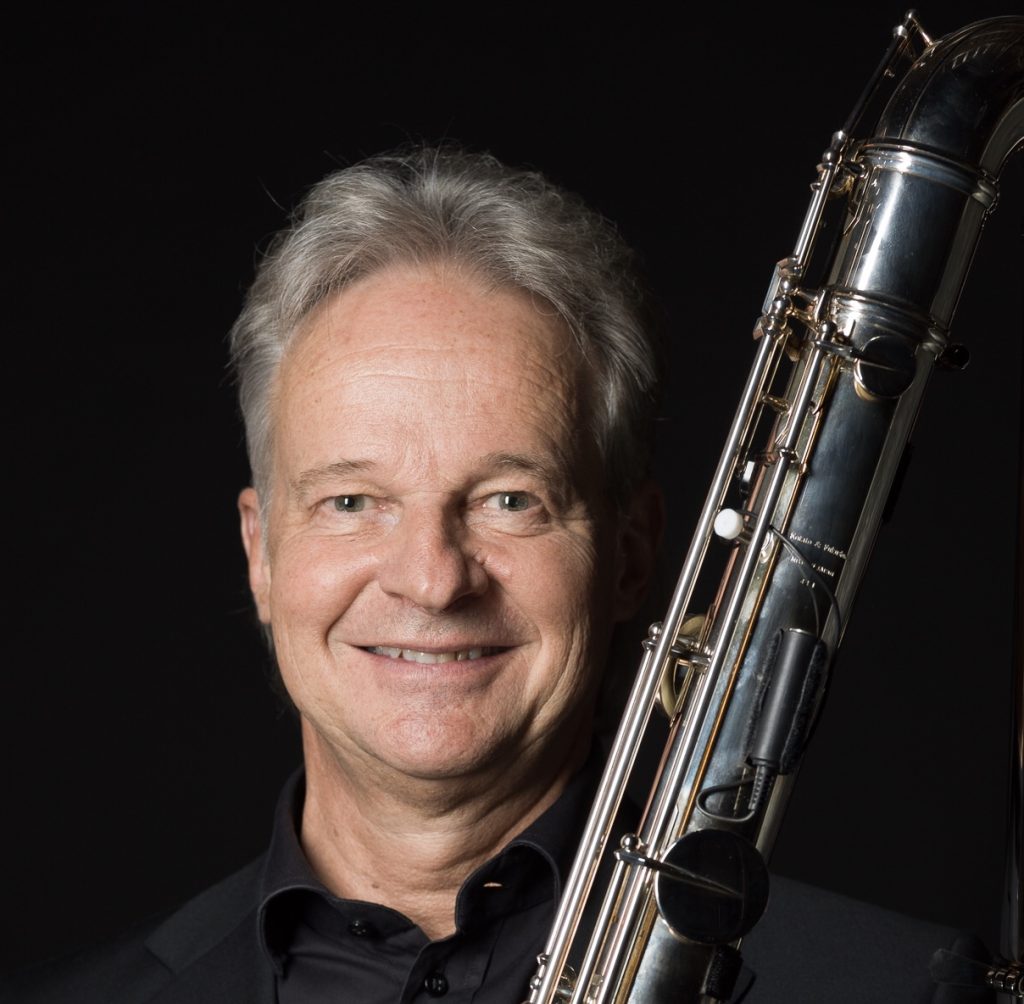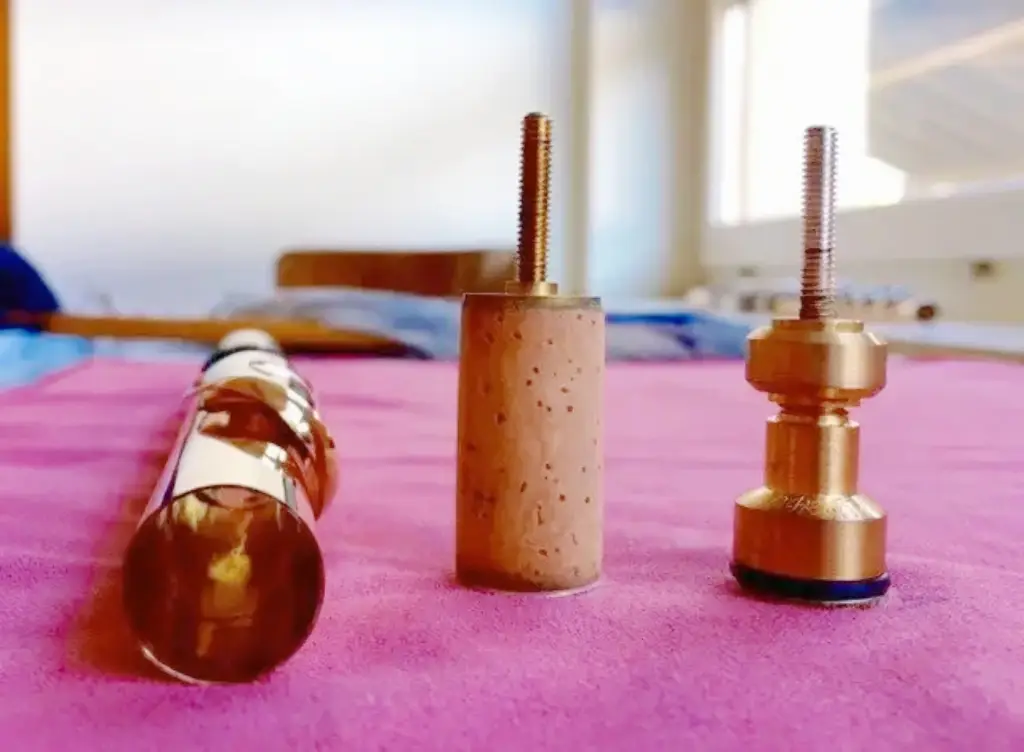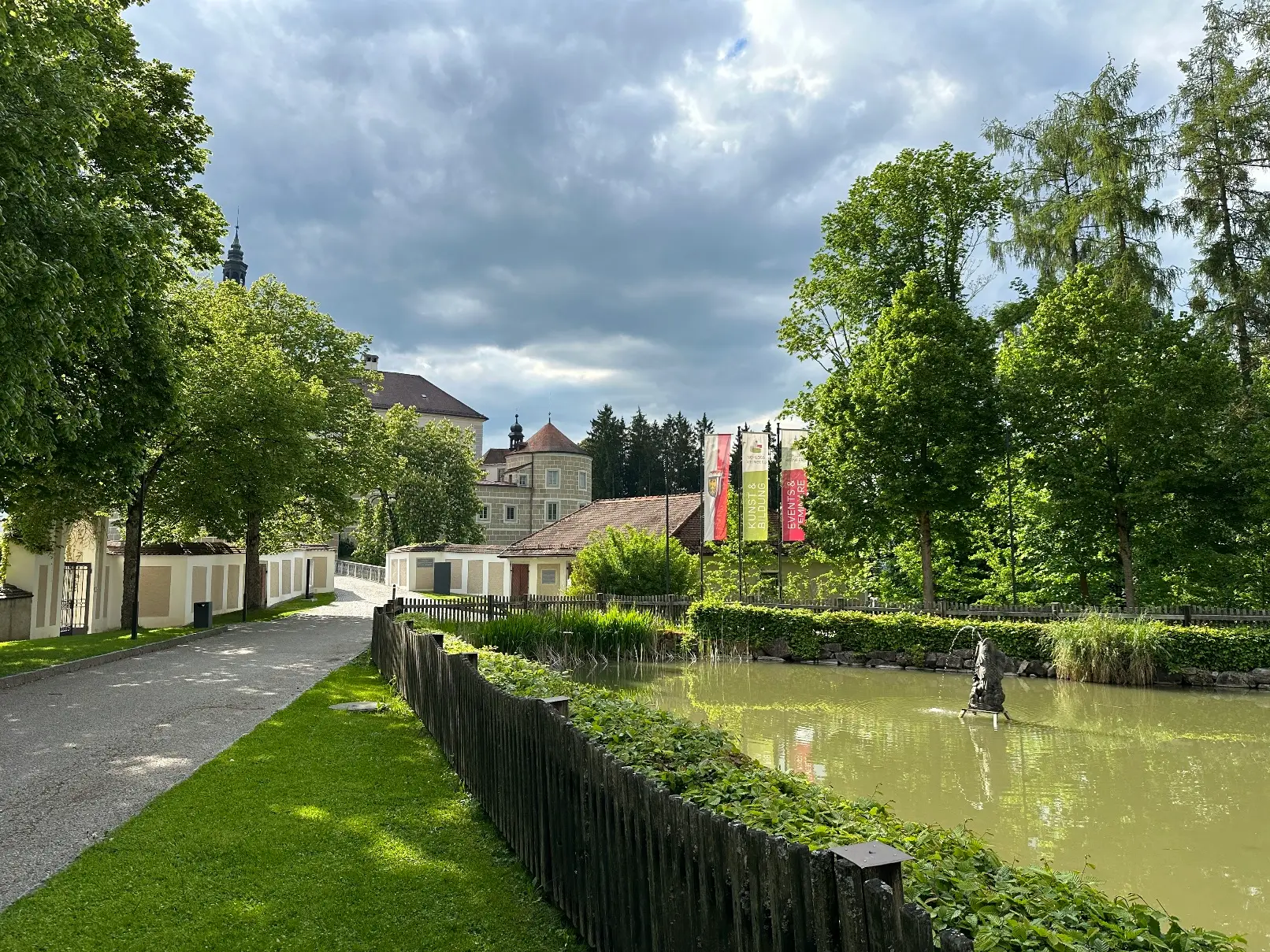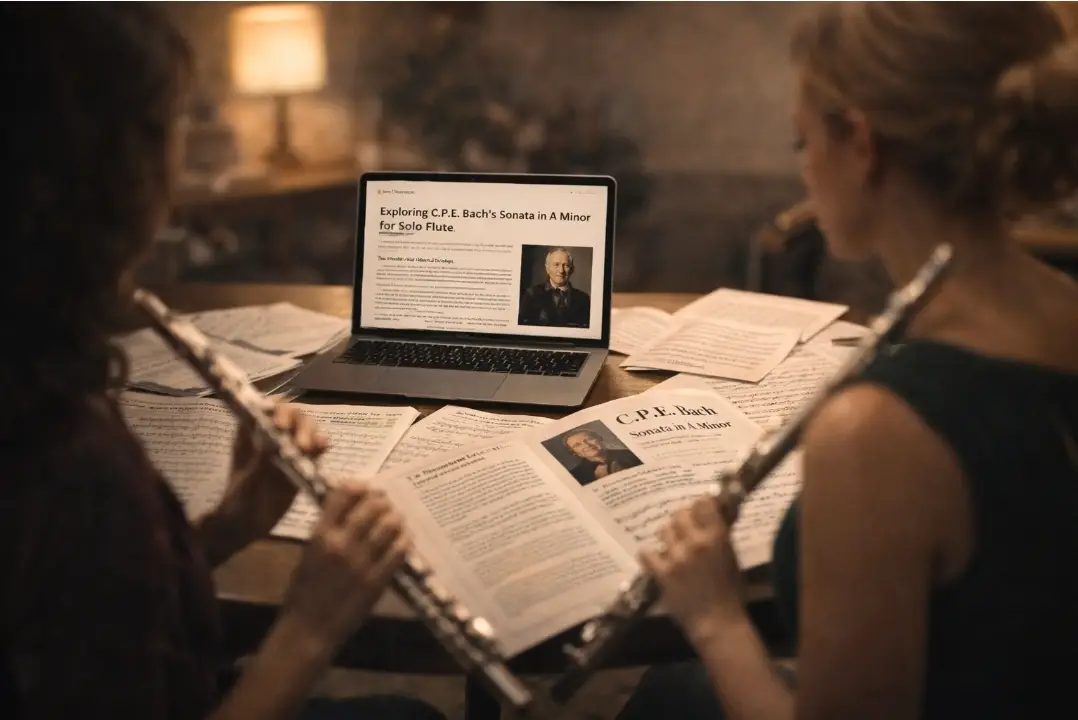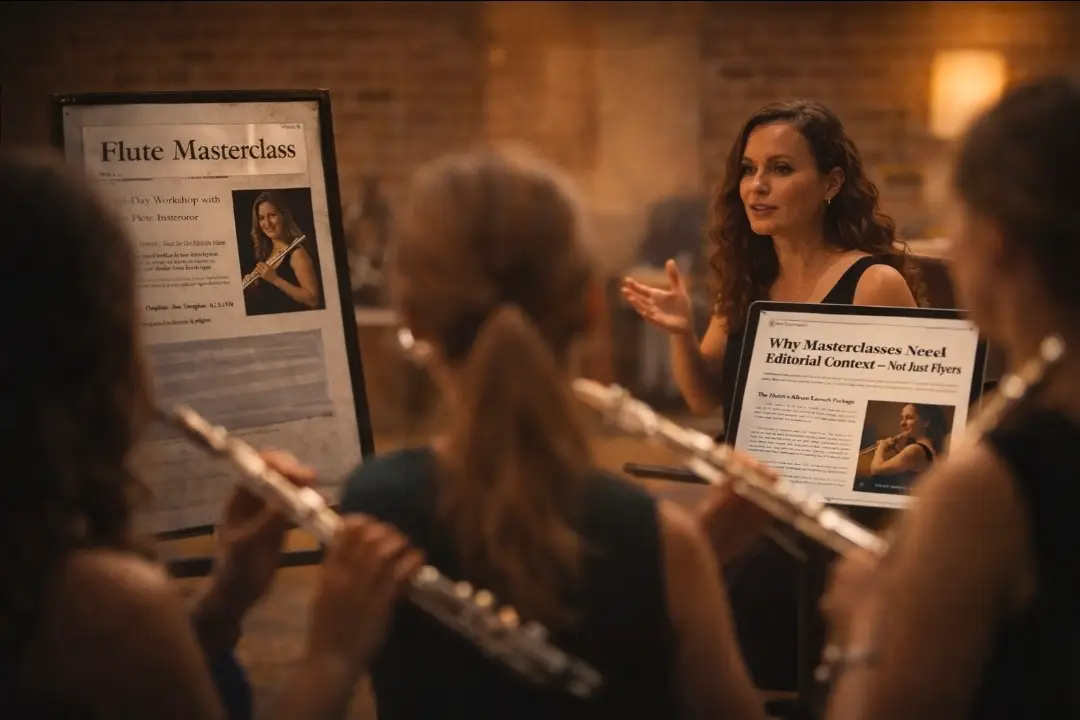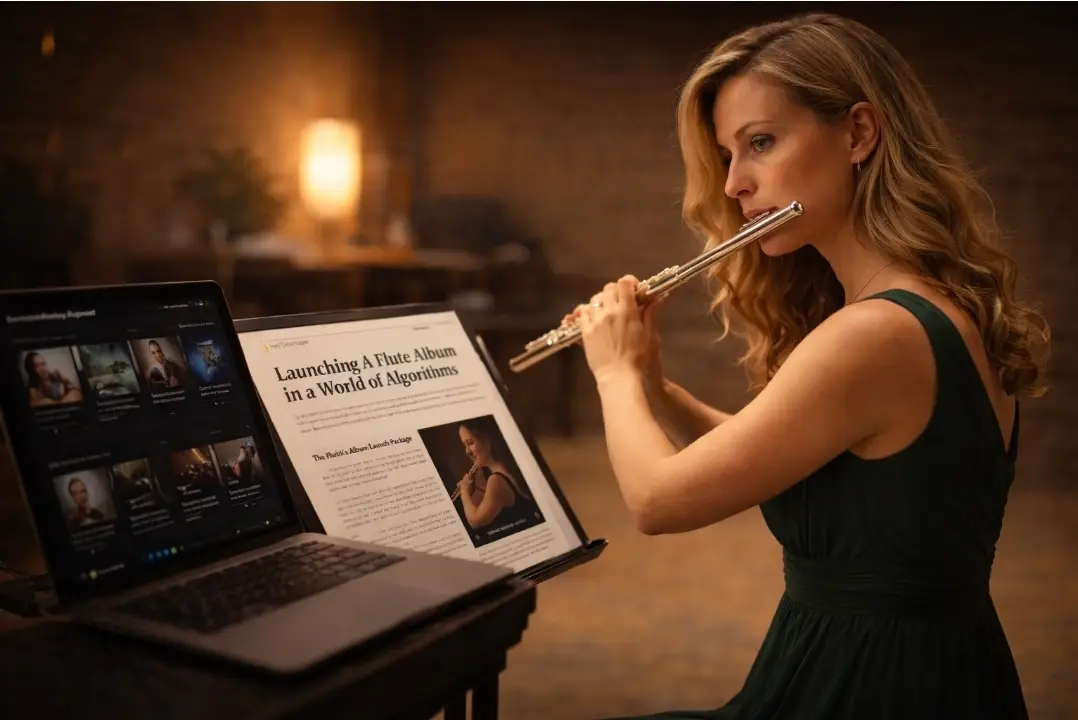For a long time, I have been concerned with the influence of the cork in the flute head joint on the sound of the whole flute. Years ago, I replaced the crown of my headjoint with a “heavier one” and instead of buying a new headjoint, there seem to be other “tuning possibilities” available to me. Since I changed the crown, an incredible sound gain was bious. Could the same thing happen again with the change of the cork?
This seems unlikely to me, but, as you know, ‘trying’ is about ‘studying’.
Recently, I stumbled over the “Rhino Flute Resonator” several times and looked at the descriptions and videos. This seems to me a serious product of Roberto Feliciano Rolon, also to be called Dr. med. Music. So I ordered the partin the US directly from the manu-facturer. Cost for Resonator with 2 rings plus shipping to Switzerland: 210.- US Dollars.
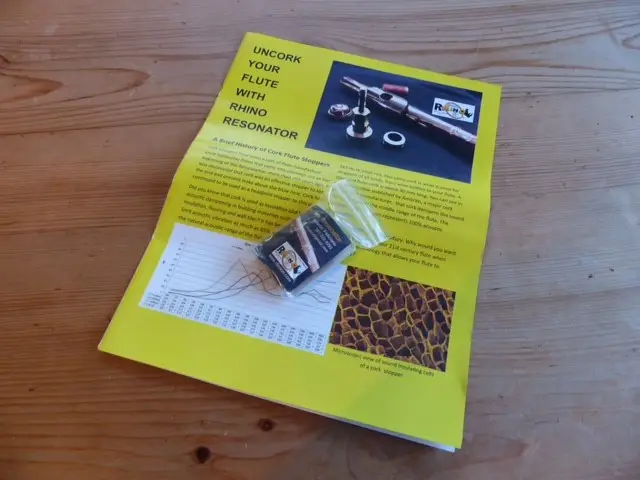
Shipping was via US Postal International Service and took a very long time, until the part was finally in my mailbox.
The package contained the resonator with two rings, two small ferrules and four silicone gaskets (2 brown and 2 black ones have different hardnesses and should significantly affect the sound) and an Allen key for the fixation of the two metal rings or rather, resonators. A booklet with a description and testimonials of flutists already playing with it. The whole looks professionally worked and stable and thus for me confidence – inspiring.

For me it is clear that the cork, which nevertheless touches a large distance of the headjoint, puts the headjoint a little quiet compared to the sealing ring of the Rhino resonator. This which comes into contact with the headjoint tube only on a very short distance, will makes a great sonic difference, I think.
For expert installation of the part, I went to the shop of Inderbinen wind instruments, to put the Rhino Resonator safe and with professionalism and great care into my beloved Lafin headjoint.
Dominik Roth is the instrument maker of my trust, who immediately goes to work.
The cork of my headjoint can not be easily detached from the spindle, but for the expert is this no problem.
Then the lower part of the Rhino resonator is placed on the spindle, and the clamping sleeve is placed on it and well fixed with the appropriate clamping sleeve with the second piece of the resonator.
This is very important, so that after the sealing ring is really well placed and nothing resonates. Also, there must be enough space between the resonator and the end plate of the spindle for the sealing ring, otherwise nothing will fit.
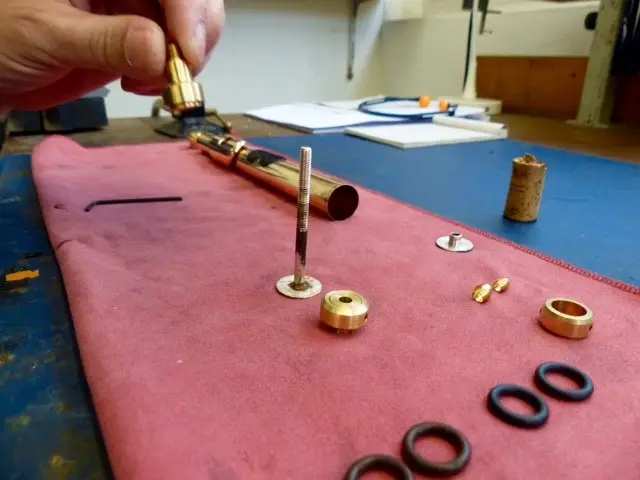

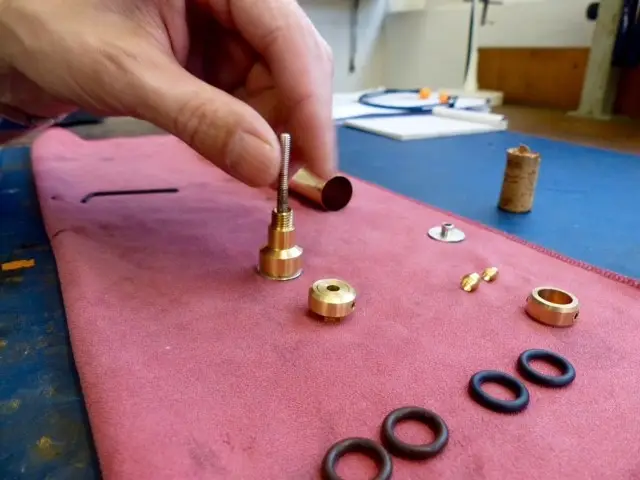
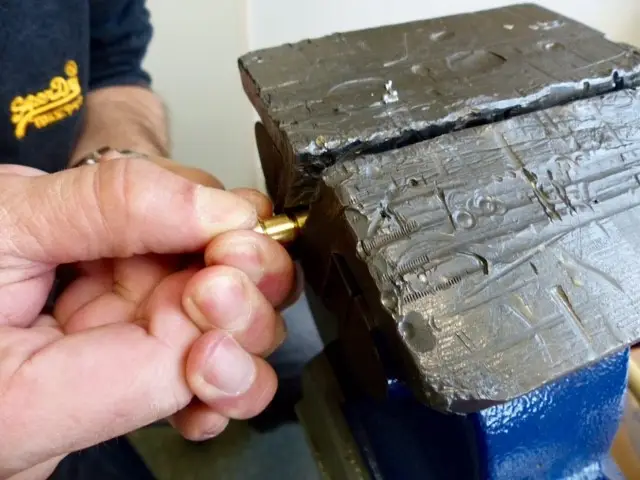
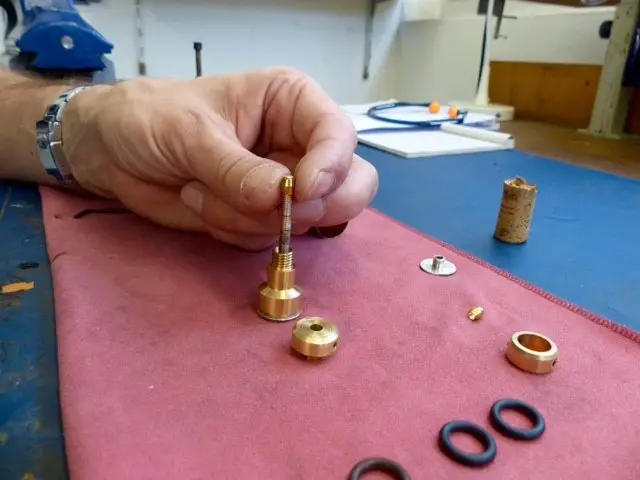
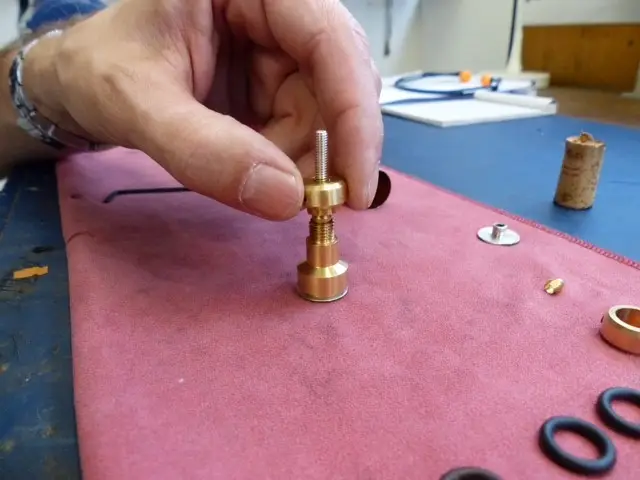
There are three ways of expanding the resonator: completely without a ring, with one or two rings (called resonators).
I start playing with the maximum level, so two resonators plus a brown gasket, and I’m not feeling so well. Somehow, the sound can not spread, it seems rather slowed down and cumbersome.
Quickly we change the brown sealing ring to the black one (harder), and immediately the sound dissolves a bit more. Now we remove a resonator, the lower one, and I try again.
Now unfolds the sound and an unrestrained power, which unleashes my headjoint, which I play for over 20 years, free and unrestrained, swinging incredibly free and full! New to me is that on the left side of the head a lot more resonance is heard. I also feel the hands, the keys and the mechanics much more vibrations than usual. It seems to vibrate much more than I am used to.
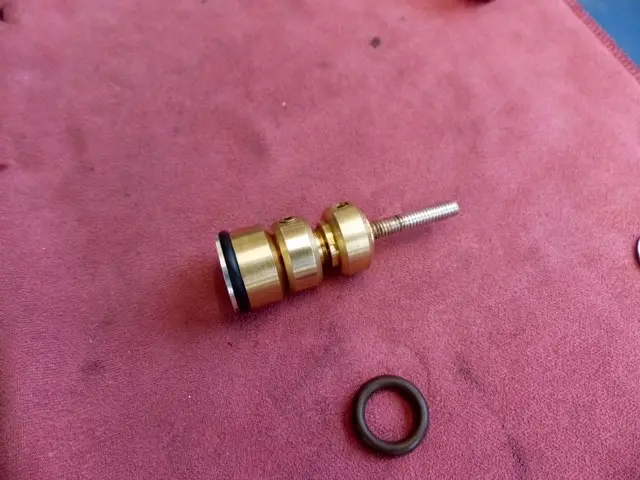
The headpiece responds very quickly and precisely to all types of articulation and speaks easily and loosely in all situations. This is not new, but now there is something more of everything: lighter, more open, quieter, louder, faster, fuller, amazing!
For over a month now I’m playing with the Rhino Flute Resonator and still feel this incredible swing, especially in modern playing techniques such as partial tones, which now respond even faster, in Multiphonics, the full and round built-in “Rhino Flute Resonator” flute headjoint.
Therefore come, in cilia, which have become more colorful and differentiated, u.s.w.
Only sometimes is the crown slightly loose, so I have to fix it for a short time. Probably, the much smaller contact surface of silicone seal ring to the headjoint compared to a normal cork, the crown can sometimes solve something. This never happened to me while playing.
The sonic gain is however clear.
Muchas gracias Roberto for this ubeleavable invention!
A big thank you to Dominik Roth for his expert handling and the open ears as well as the extremely accurate installation of the resonator!
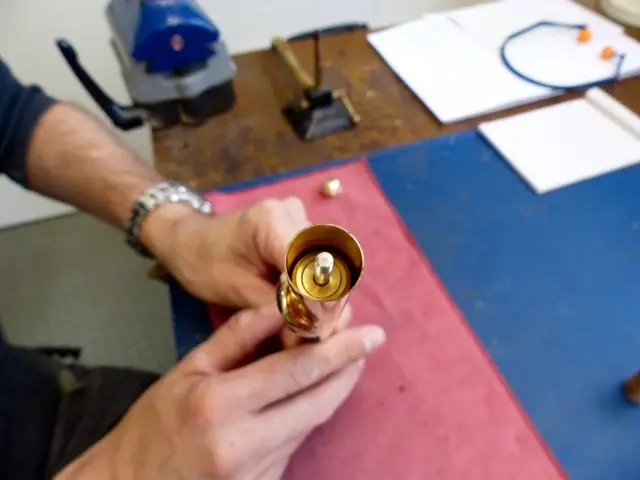
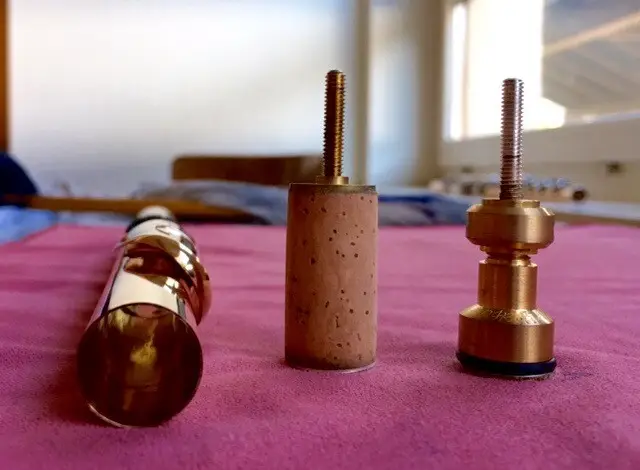
Addendum
I have been playing exclusively with the ‘Celestine Flute Rexonator’ by Roberto Feliciano Rolón, known as Dr. Music, mounted in my flute headjoint ever since. The sound has become much rounder, fuller, more colourful, freer, brighter and more powerful.
Unfortunately, I kept having problems with the resonator shifting position, so that I had to check every day whether it was still in the right place. This is unsettling and very unpleasant.
Together with the flute maker Dominik Roth from Inderbinen Balsinstrumente, we found a solution. Although there is now a small piece of cork in my flute head again, the effect of the resonator is undiminished and unfolds beautifully. The whole thing now sits firmly in its calibrated position and I no longer have to check it every day.
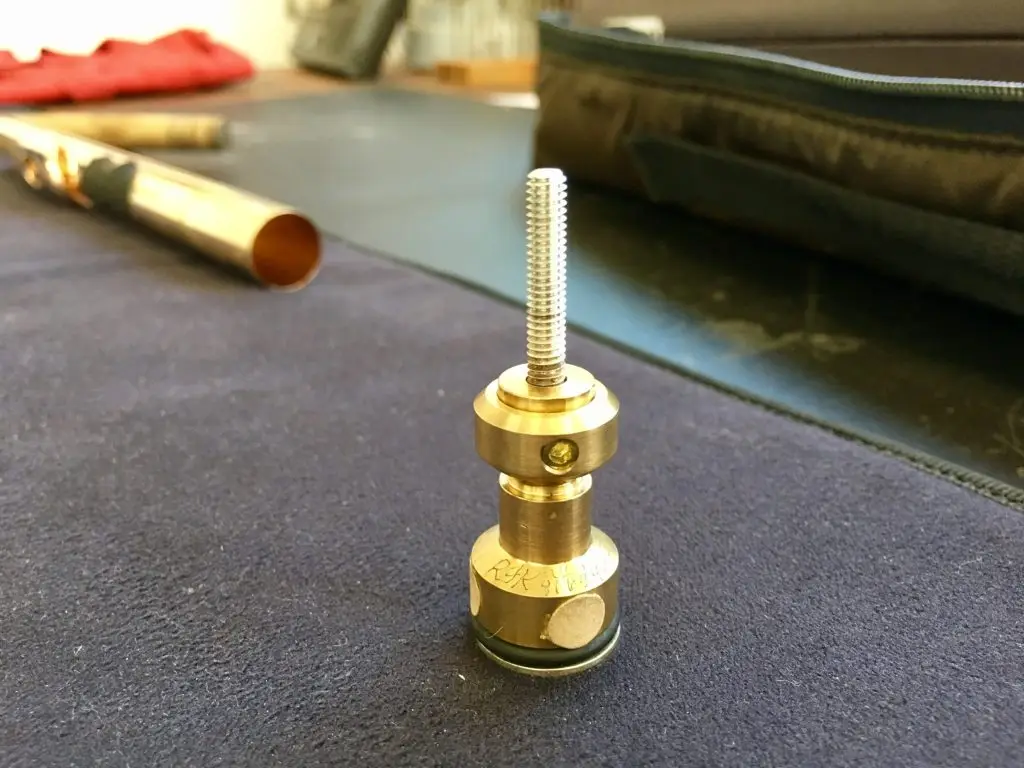
I have now fitted the second resonator ring and look forward every day to the incredible sound development, the resonance and the many colours!
Photo with resonator and the attempt to prevent it from shifting with cork dots.
Unfortunately, it wasn’t able to prevent the shifting either …
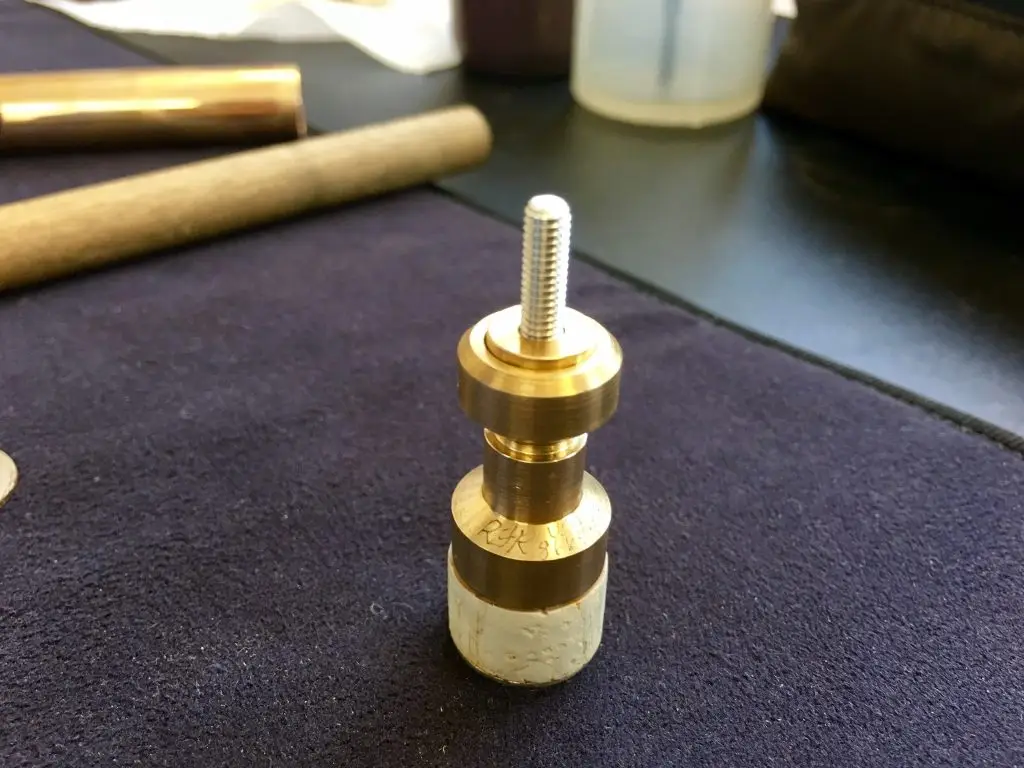
Here is the working solution with a short piece of cork underneath the resonator.
This guarantees a consistently tight fit of the part inside the flute headjoint.
Once again, many thanks to Dominik Roth for the good co-operation and the professional solution to the problem.
Link to the Rhino Flute Resonator: www.rfrolon.com
Stefan Keller
www.flutetrends.ch | www.flutetrends.app | www.aladinrecords.ch | www.flautando.ch
Stefan Keller is an active flutist who plays a wide range of musical styles and instruments. This is reflected in his diverse projects and invitations to international flute festivals as a specialist for low flutes, improvisation and loops. His own compositions and practice books for flute complete his activities. He organizes since over 20 years the flute event FLAUTANDO in Boswil, Switzerland.
The classically trained flutist explores sound worlds with his flutes, known as FLUTE TRENDS by Stefan Keller.
As a musician and composer, as well as sound designer and „sound – image – designer“ of baroque – classical – avant – garde – jazz and improvised music, Keller has found his own language. He has been honored several times by the Aargauer Kuratorium for his innovative artistic work and attended further education at the „Cité Internationale des Arts“ in Paris and at the Aargauer Atelier in Berlin. His unique musical projects such as „under water“, „Sound – Castle – Hallwyl“, „Concert in the factory hall“, „carpentry“ as well as the collaboration with visual artists have made him known in Europe and Japan.
Keller plays Alto and Bass flute, Contrabass flute as well as Subcontrabass flute, Gemshoerner, Kalimba and various Bamboo flutes, acoustic and with electronics.
As a musician and composer, Keller moves in the area of baroque – classical – avant-garde – jazz and improvised music.
As an looper, he has been working with the latest live sampling techniques for 25 years. He uses a specially developed surround – loop software, which offers unbelievable sound possibilities.
